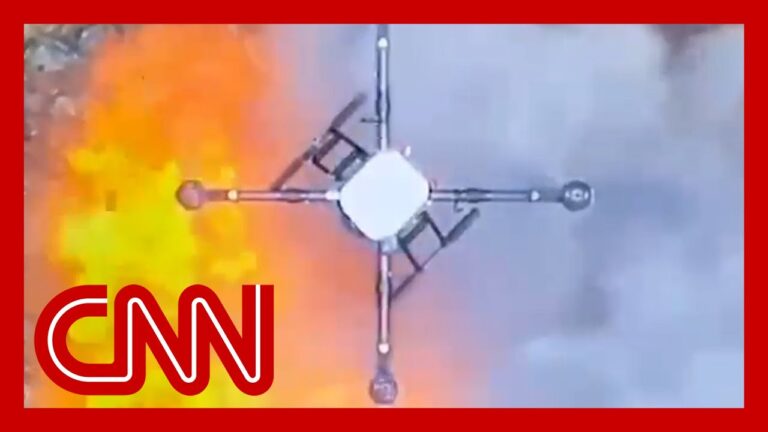Video at the bottom!
The ongoing border clashes between Thailand and Cambodia have escalated, prompting significant evacuations and heightening tensions in Southeast Asia. The Thai military reported renewed fighting early Friday, characterized by exchanges of small arms fire and heavy artillery along the disputed border. More than 100,000 individuals have been displaced in Thailand, with an additional 4,000 fleeing Cambodia as both nations grapple with the fallout from these deadly encounters.
On Thursday, the Thai military conducted airstrikes targeting military sites in Cambodia, deploying F-16 fighter jets and drones. This escalation follows a series of clashes that have resulted in at least 15 fatalities in Thailand, primarily among civilians, and one confirmed death in Cambodia. Residents near the border are becoming increasingly fearful as they attempt to evacuate amidst the chaos.
Viral footage circulating on social media reveals civilians scrambling to find safety, with the sound of gunfire resonating above them as they wait in lines for evacuation. Thai border patrol officers remain present at the scene to aid these efforts. Reports indicate that the Thai military’s air operations have included the deployment of drones, specifically targeting munitions caches within Cambodia. Furthermore, the Cambodian military has accused Thailand of using banned cluster bombs, although verification of this claim is still pending.
Amid the violence, villagers on both sides of the border are expressing profound fear for their lives. A 45-year-old Cambodian mother of four recounted a harrowing experience, describing a sudden loud noise that left her terrified as she tried to discern whether it was thunder or gunfire.
The historical relationship between Thailand and Cambodia is complex, characterized by both rivalry and cooperation. The shared border stretches approximately 800 kilometers and has long been a source of military tension and political complications. An academic expert noted that the roots of this conflict span centuries, with mutual resentment stemming from historical grievances regarding territorial claims.
As the situation develops, there are calls for mediation between the two countries. Cambodia has submitted a motion to the United Nations Security Council to address the emerging crisis. The professor emphasized that there is an urgent need for external mediation, as both Thailand and Cambodia seem entrenched in their positions, with military engagement intensifying.
While the regional body ASEAN has historically played a role in such conflicts, its influence appears diminished at this time. Moreover, the possibility of third-party mediation from major powers like the United States seems limited, adding to the complexities of the situation. Civilians in conflict zones express widespread anxiety, as they observe military movements in the streets, indicating a shift in the power dynamics along the border.
In Bangkok, residents are becoming aware of the escalating conflict but remain somewhat distanced from immediate fear compared to those on the border. The military is now reportedly taking a central role in shaping border policy, reflecting the government’s weakened position in managing the crisis. As tensions rise and military actions increase, ongoing concerns for civilian safety and regional stability continue to mount.


